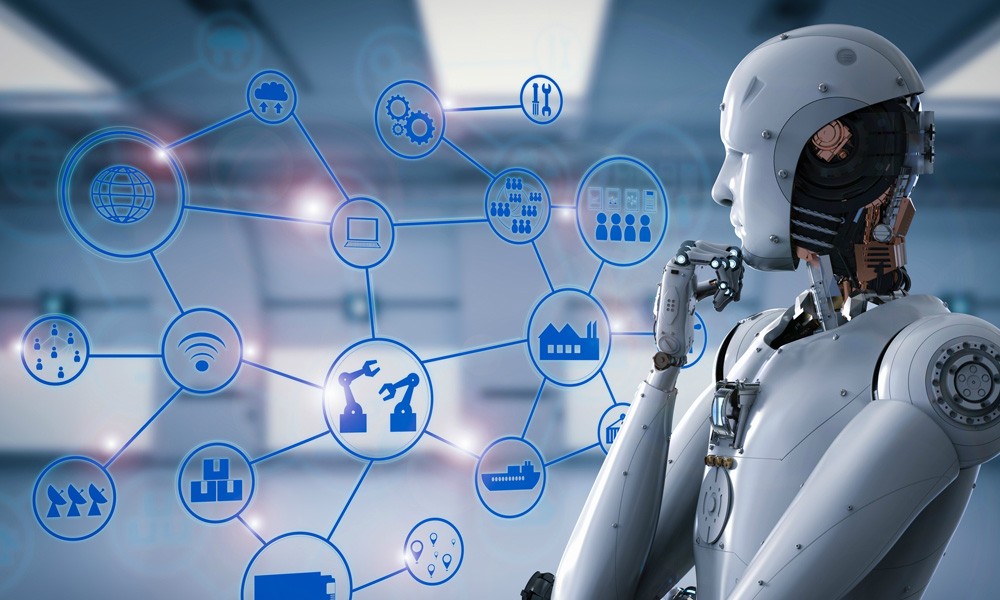
Biometric Technologies: Shaping the Future of Security
Biometric technologies are playing a pivotal role in shaping the future of security, offering innovative and robust solutions that go beyond traditional access control methods. Biometrics leverages unique physical or behavioral characteristics for identification and verification, providing a more secure and convenient means of safeguarding sensitive information, physical spaces, and digital assets.
One of the key features that make biometric technologies central to the future of security is the uniqueness and individuality of biometric identifiers. Whether it’s fingerprints, iris patterns, facial features, or voice prints, biometrics offer a highly reliable method of authentication, significantly reducing the risk of unauthorized access. The use of biometrics in security systems helps ensure that only authorized individuals gain entry to protected areas or sensitive data.
Biometric authentication enhances security not only through the uniqueness of individual traits but also by the difficulty of replication. Unlike traditional methods such as passwords or access cards, biometric identifiers are inherently tied to the individual and are challenging to forge or steal. This aspect makes biometric technologies particularly effective in preventing identity theft and unauthorized impersonation.
The integration of biometrics into various sectors, including finance, healthcare, and government, is indicative of its versatility and applicability. In the financial industry, for instance, biometric authentication adds an extra layer of security to online banking, reducing the risk of fraud. In healthcare, biometrics help protect patient information and secure access to medical records. Government applications include border control, national identification systems, and law enforcement, where biometrics contribute to public safety and crime prevention.
Biometric technologies are also becoming integral to the development of smart devices and the Internet of Things (IoT). From unlocking smartphones using fingerprint or facial recognition to securing smart homes with biometric access, these technologies provide a seamless and secure user experience. The interconnected nature of IoT devices further emphasizes the need for reliable and foolproof security measures, making biometrics a natural fit for authentication in this evolving landscape.
Advancements in biometric technologies are addressing historical concerns, such as privacy and security. With the adoption of privacy-preserving techniques like biometric encryption and decentralized authentication models, individuals can have greater control over their biometric data. These measures contribute to building trust in the use of biometrics, assuaging fears about potential misuse or data breaches.
Despite the many advantages, challenges remain, including the need for standardized protocols, addressing biases in certain biometric systems, and ensuring secure storage of biometric templates. The industry continues to work on refining these aspects to further enhance the reliability and ethical considerations associated with biometric technologies.
Looking ahead, the future of security is likely to witness a continued evolution and integration of biometric technologies. Multimodal biometrics, which combine multiple biometric identifiers, and continuous authentication methods are expected to become more prevalent, providing heightened security in dynamic environments. As biometrics continue to mature, they will play an increasingly central role in shaping the future landscape of security, offering not only enhanced protection but also a more user-friendly and seamless experience across various domains.

